Acrylic Brushstrokes
There are many different brushstrokes that can be used in acrylic painting. Some of the most common brushstrokes include:
Flat washes: This is a simple brushstroke that is used to cover a large area with a single color. To create a flat wash, load your brush with paint and then apply it to the surface in even strokes.
Dry brushing: This brushstroke is used to create a textured effect. To create a dry brush, load your brush with paint and then wipe most of the paint off. Apply the brush to the surface in short, light strokes.
Scumbling: This brushstroke is used to create a hazy or blurred effect. To create a scumble, load your brush with paint and then lightly drag it across the surface.
Crosshatching: This brushstroke is used to create a sense of depth or texture. To create crosshatching, apply parallel brushstrokes in one direction and then apply parallel brushstrokes in the opposite direction.
Hatching: This brushstroke is similar to crosshatching, but the brushstrokes are not parallel. To create hatching, apply diagonal brushstrokes in one direction and then apply diagonal brushstrokes in the opposite direction.
Stippling: This brushstroke is used to create a dotted effect. To create stippling, load your brush with paint and then tap it onto the surface in a stippled pattern.
These are just a few of the many different brushstrokes that can be used in acrylic painting. The best way to learn how to use these brushstrokes is to experiment and see what works best for you.
Here are some additional tips for using brushstrokes in acrylic painting:
Use the right brush for the job. Different brushes are designed for different types of brushstrokes. For example, a flat brush is good for creating flat washes, while a round brush is good for creating details.
Experiment with different pressure and speed. The way you apply the brush to the surface will affect the look of the brushstroke. For example, a light touch and slow speed will create a soft brushstroke, while a heavy touch and fast speed will create a harsh brushstroke.
Be creative. There are no rules when it comes to brushstrokes. Experiment with different techniques and see what you can create.
Come into our studio. You will be using different brushes depending on the painting you’ll be doing.

